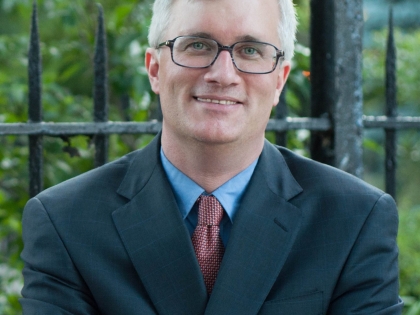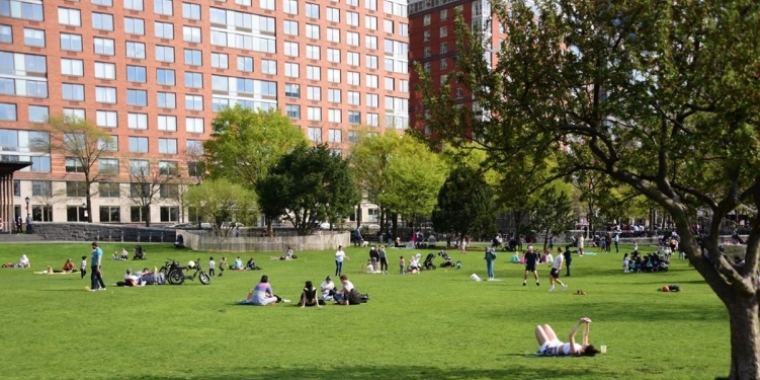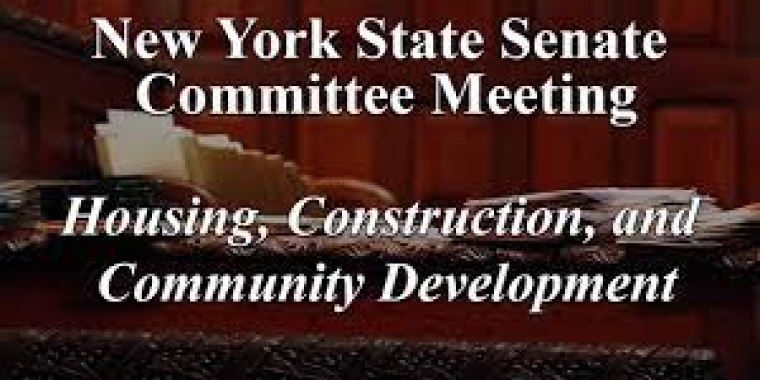
Sen Kavanagh, BP Levine, CM Marte Write to BPCA with Concerns About South Battery Park City Resiliency Project
August 9, 2022
-
ISSUE:
- Resiliency
- Battery Park City

August 9, 2022
B.J. Jones
President and Chief Executive Officer 200 Liberty Street, 24th Floor
New York, NY 10281
Dear Mr. Jones:
We write regarding the proposed plans for the South Battery Park City resiliency project. We recognize that over the past several years, the Battery Park City Authority (BPCA) has engaged in an extensive visioning, design, and planning process to protect the southern portion of Battery Park City from the threats of extreme weather and sea level rise resulting from climate change—and that this process has included significant outreach and community engagement, including numerous presentations and conversations with Manhattan Community Board 1, public events, walking tours, other opportunities for feedback, and participation in our recent town hall on this topic. However, we believe there remain some community concerns with the project that have not been sufficiently addressed, as outlined below. As you know, our offices have raised these issues in ongoing discussions with the BPCA following our town hall on June 15th, especially on the issue of lawn space, and we appreciate the BPCA’s willingness to work with us, but we feel it is important to emphasize them again in the form of this letter.
First, the current plan as proposed significantly reduces the total amount of lawn and active play space available in Wagner Park. These spaces are currently frequently used and enjoyed by families, students, and seniors in Battery Park City as well as visitors from other neighborhoods. While we appreciate the commitment to accessibility, which we share, as well as maintaining approximately the same amount of overall green space as currently exists—including central lawns, side lawns and planted spaces—we believe it is important that the final plan ensure a robust amount of open lawn space and active play space, and we strongly urge the BPCA to maximize that space to every extent possible.
Next, we understand that the design for the new pavilion in Wagner Park significantly expands the total square footage of the building. Many in the community have expressed concerns about the expanded size of the building and its integration into the surrounding environment; we understand that even the original architects of the pavilion have expressed concern about the scale. We encourage the BPCA to reexamine the design for the pavilion, and consider options to reduce the size of the building and alter the design in order to facilitate a more inviting and seamless integration with the rest of the park. Additionally, while we appreciate the inclusion of community space in the redesigned pavilion, we encourage the BPCA to work to expand and maximize the amount of community space available in the building, in order to provide local residents and organizations with sufficient space for a diverse range of programming and activities.
Finally, notwithstanding the BPCA’s significant effort, which we acknowledged above, to communicate with the Battery Park City community, the Community Board, and our offices during this process, there is significant concern that not enough information has been made publicly available regarding the construction process itself, its impacts on the community, and the steps BPCA and the contractors will take to minimize these impacts and maintain the community’s quality of life. As implementation for this plan approaches, it is essential that the BPCA keep the community thoroughly informed both before any construction activity begins and throughout the project. This should include sharing detailed timing, staging, and phasing information with the broader community, Community Board 1, and our offices as soon as it is available. Furthermore, we understand that the BPCA has been coordinating closely with local institutions in the area, including the local schools and the Museum of Jewish Heritage. Given the impact this work will have on their operations, we urge the BPCA to do everything possible to work with them to minimize these impacts and accommodate the needs of these groups. For example, we encourage the BPCA to work with the Museum of Jewish Heritage to ensure that the permanent work gate that will be installed on 1st Place is installed on the west side of the road as opposed to the east side, which would immensely alleviate the impacts on the Museum.
We recognize the importance of the South Battery Park City resiliency project and the need to move forward expeditiously, in order to protect New Yorkers from the growing impacts of climate change. However, as we know you are aware, a responsive and community-centered approach is key, and we believe that the issues we have raised above, many of which have been brought up by the community in the past, are crucial matters to address before the plan is finalized.
We appreciate your consideration of these concerns, and we look forward to your prompt response. In the meantime, if you would like to discuss these issues, please feel free to contact any of us directly or via Emily Leng in Senator Kavanagh’s office at eleng@nysenate.gov or 212-298-5565.
Sincerely,
Brian Kavanagh, State Senator
Christopher Marte, City Council Member
Mark Levine, Manhattan Borough President
Share this Article or Press Release
Newsroom
Go to NewsroomSenate Housing Committee Approves Major Legislation
January 31, 2023

Gov. Hochul signs carpet, rug recycling bill
January 3, 2023

